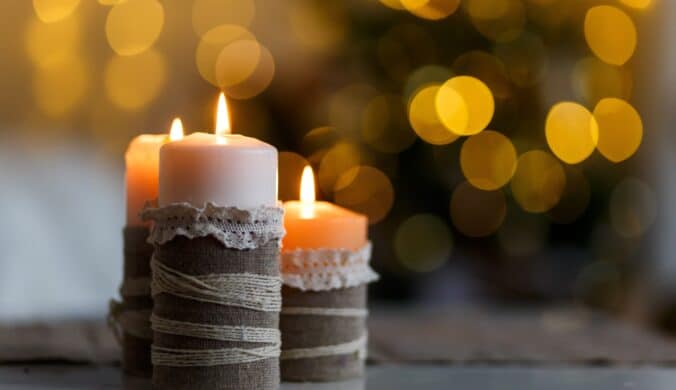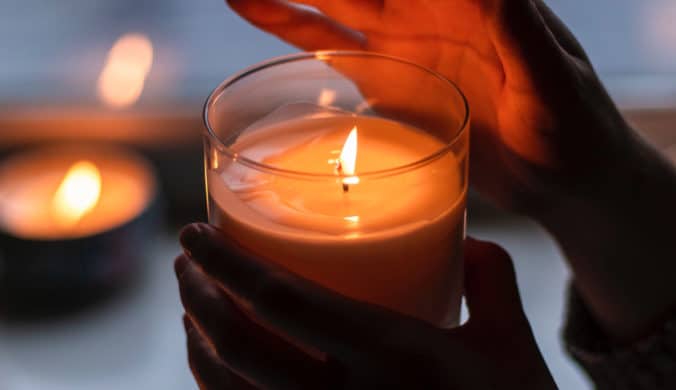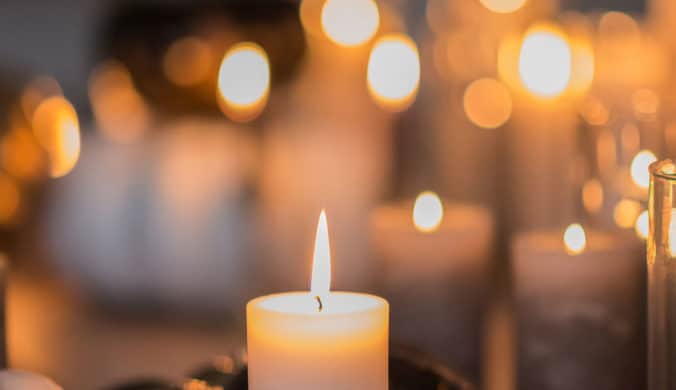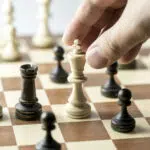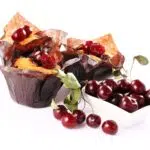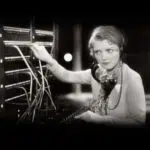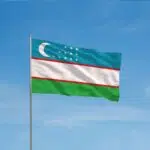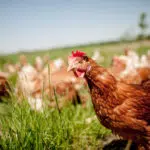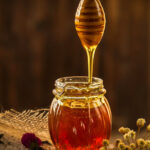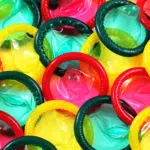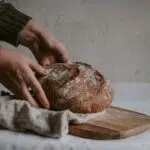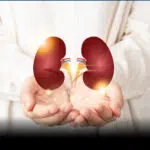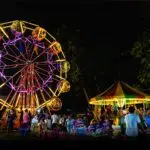Let the illumination commence this September as we celebrate World Candle Month. There is no better way to compliment a cozy Autumn evening than with the incandescence of candles. There’s just something captivating about candles — a simple pleasure that slows down time, creating magic in our daily lives with their glow and the plethora of shapes, colors, and scents they emanate.
What started in 2013 to honor the candle has now become an annual event anticipated by millions of candle lovers from around the world. Candles may no longer be used as lights to guide us home, but they continue to brighten up spaces as sources of relaxation and calm, dispelling negativity and setting an unparalleled mood and ambiance. Discover the benefits of candles and join us as we celebrate all the ways candles are integral to our past and can be a welcome addition to our future.
History of World Candle Month
World Candle Month was founded in 2013 to promote the global usage of candles and bring awareness to the benefits of candles. Candles are beautiful, fun, and can be used safely in most environments.
Candles have been around for a very long time. There’s evidence that the ancient Egyptians used a rudimentary form of a candle wick as far back as 3000 B.C. and it is well-known that the ancient Romans developed candles with wicks. Once made with animal fat called tallow, candle-making evolved over the years and in different parts of the globe to include the use of wax from many different plants, insects, and even certain tree nuts.
Throughout the millennia, progress was slow. In middle-age Europe, improvements came in the form of using the cleaner-burning and better-smelling beeswax rather than tallow. However, its cost made it prohibitive outside of church ceremonies and the homes of the very rich. In the late colonial era, the growth of the whaling industry led to the use of crystallized sperm whale oil known as spermaceti wax.
However, it wasn’t until the 19th century that candles and the process we’re most familiar with today took shape. The 1830s saw the mechanization of candle-making (or ‘chandling’) making them significantly less expensive to produce and opening their use up to a larger population. In the 1850s the nascent petroleum industry developed a way to separate a waxy substance called paraffin from petroleum at scale. Paraffin would be the most common form of candle wax for more than a century.
It is around the turn of the 20th century that candle use changed from being a source of light to being a source of entertainment. The light bulb displaced the candle as the primary light-bringer in the late 19th century and their numbers stayed steady until the 1980s when candles, now often scented, saw a resurgence as decoration, mood-setters, or even gifts. The candle industry continues to grow today as advances in wax, scent, and color technology offer consumers a panoply of options for their homes.
Today, homemade candles have soared in popularity. Molded at home in different shapes and textures, indie candle stores personalize candles for a unique addition to the homes of customers.
World Candle Month timeline
The ancient Egyptians create wicked candles that are used in religious ceremonies and to illuminate dark homes.
The Jewish Festival of Hanukkah features the lighting of eight candles over eight days to commemorate the rededication of the Second Temple in Jerusalem by the Maccabees.
The use of animal fat or tallow is replaced by far cleaner-burning and better-smelling beeswax. Though these are expensive they are rarely seen out of church.
Inventor Joseph Morgan creates the first machine for the continuous production of molded candles, making them much more affordable and increasing their popularity.
The byproduct of petroleum refinement, paraffin burns cleanly, is odorless, and is readily available as the Industrial Revolution is underway.
Once considered an essential, candles are completely rebranded in the 20th Century as a luxury and relaxation item that is both decorative and useful.
Recognizing a need to educate and celebrate one of the most important tools in human history, the National Candle Association sponsors World Candle Month and it grows into a major celebration. Want to be a sponsor: learn how.
Simple rules and best practices to keep your candles in tip-top shape!
- Always store your candles in a cool, dark, and dry place. Tapers or dinner candles should be stored flat to prevent warping.
- You can remove dust and fingerprints from a candle by gently rubbing the surface with a piece of nylon or a soft cloth. The cloth can be dry or slightly dampened with water.
- Wax drippings can be removed from most candleholders by running hot water over them. Some home care experts prefer removing wax by first placing the candleholder in the freezer for an hour or so. This allows the wax to shrink and easily pop out when the candleholder is removed from the freezer.
- Never use a knife or a sharp object to remove wax drippings from a glass votive holder. It might scratch or weaken the glass, causing it to break upon subsequent use.
- Avoid burning candles in any glass item not specifically designed for candles. Glass candleholders are specifically manufactured to withstand the temperature changes that occur when burning a candle. Everyday glassware is not designed for burning candles.
- Votive holders will clean more easily afterward if you add a few drops of water to the glass before inserting the candle. Caution: Don’t add more than a few drops of water and don’t add water unless you intend to burn the candle immediately afterward. Over time, a candle wick could absorb the water and won’t burn properly.
- Avoid placing your candles where they will be directly exposed to sunlight or harsh indoor lighting, such as a spotlight. Candles may fade if they are left in bright light for an extended period of time.
Stop worrying and love the leftover wax!
If you love candles, but don’t like when the candle doesn’t burn all the wax, you might look for a way to make the wax burn completely. Here’s what you should do about leftover wax on the side of the jar.
- Avoid short burns. If you light your candle for brief periods only, the wax is not able to melt completely. Always follow the manufacturer’s instructions, and never burn candles unattended.
- Don’t touch! Pushing the wax down into a hot candle puts you at risk of skin burns, and shortens the length of the exposed wick. This can actually result in more wax remaining in the next burn.
- Accept ‘leftover’ wax. Residual wax can have the benefit of preventing the candle from becoming too hot. Variability in burning conditions results in different amounts of leftover wax. For example, the length of time the candle’s been burning or the temperature of the room can affect the amount of leftover wax. The candle is likely performing as designed, in some conditions.
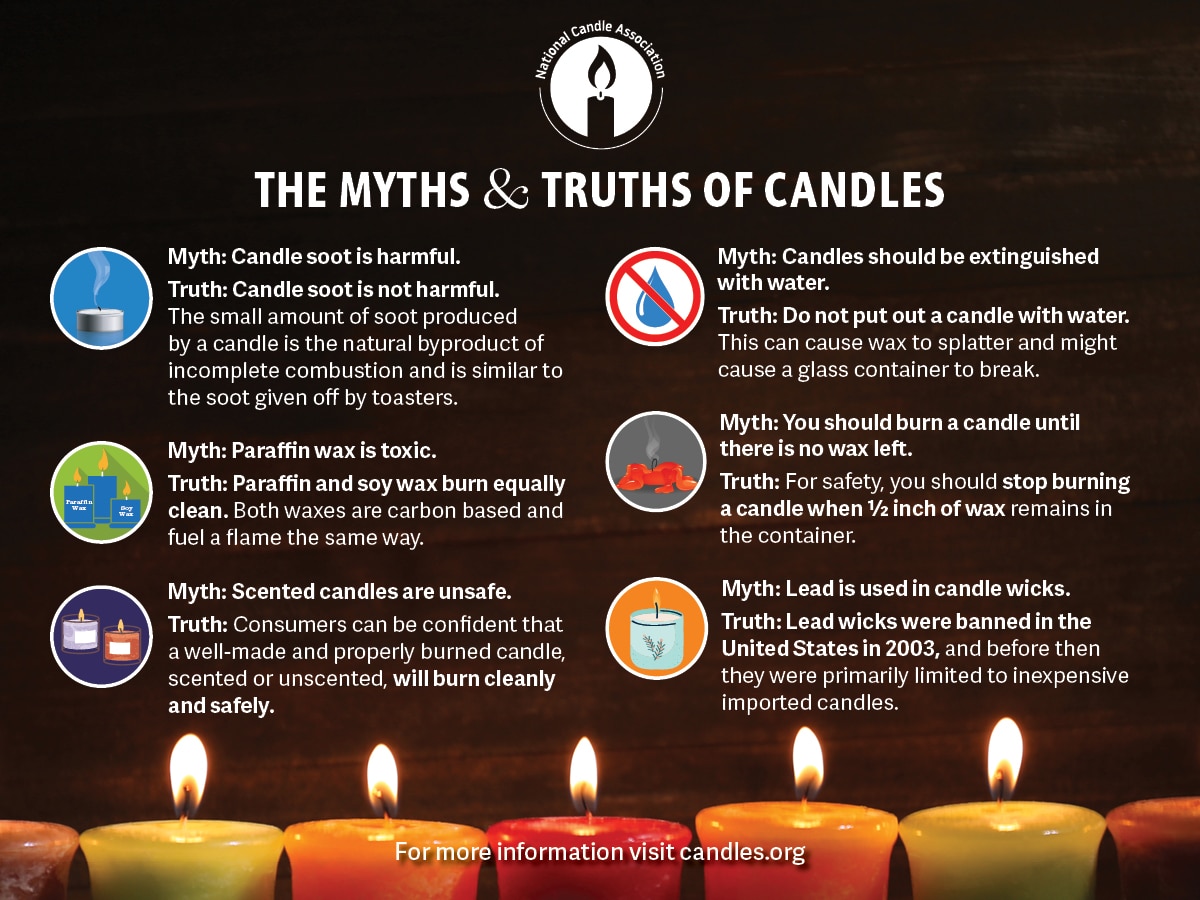
World Candle Month FAQs
Are certain types of candle waxes better than others?
No. All types of quality candle waxes have been shown to burn cleanly, safely, and in the same manner. U.S. candle manufacturers select waxes or blends of waxes based on their suitability for specific types of candles or formulation profiles, as well as their own candle-making preferences.
Are scented candles safe?
Consumers can be confident that a well-made and properly burned candle, whether scented or unscented, will burn cleanly and safely. Although there are no known health hazards associated with the use of scented candles, unfounded concerns about the safety of man-made fragrances vs. “natural” fragrance materials and essential oils continue to populate the media. The fragrances approved for candle usage – whether synthesized or “natural” – do not release toxic chemicals.
Why are candles so popular?
Candles are one of the most enjoyable, affordable, and readily accessible luxury items. They infuse the home with color and fragrance, and can help create a special warmth and ambiance to allow for a sense of calm and well-being.
World Candle Month Activities
Decorate using candles
Candles are a great way to lighten the mood. With the variety of candle types available, they double as home décor. Nowadays there are many interesting shapes to choose from.
Create a fragrance fiesta with different scented candles
With over 10,000 candle scents available, you are guaranteed to find the perfect scent to lighten your mood. Celebrate #WorldCandleMonth by picking up a new scent or an old favorite. Create your own scent landscape by lighting some complementary scented candles and create a three-dimensional candle-scent experience!
Set the mood
Enjoying the cool fall weather? Candles are a great way to illuminate your next outdoor date night or dinner with friends and “lighten the mood.”
5 Fun Facts About Candle Consumer Preferences
Specific factors affect candle sales
Candle industry research indicates that the most important factors affecting candle sales are scent, color, cost and shape.
Fragrance is the most important characteristic impacting candle purchases
Three-fourths of candle buyers say it is “extremely important” or “very important” in their selection of a candle.
They are often used hot off the shelves
The majority of U.S. consumers use their candles within a week of purchase.
They're a popular gift
Both men and women consider candles to be an always-acceptable and highly appreciated gift for a wide variety of occasions, including as gifts for the holidays (76%), as a housewarming gift (74%), a hostess/dinner party gift (66%), a thank you (61%) and as adult birthday gifts (58%).
Candles are widely considered a source of comfort
Nine out of ten candle users say they use candles to make a room feel comfortable or cozy.
Why We Love World Candle Month
It celebrates a critical invention
The wheel gets all the attention but where would the world be without candles? It would have surely been a darker, less enlightened place, especially in the winter. These days candles still have an important function, that of mood setter and decoration.
It reminds us to treat ourselves and each other
A candle lit room often denotes a special occasion, but that doesn’t always have to be the case. World Candle Month reminds us that any time we want to add a little extra pampering to our day, lighting a sweet smelling candle can be just the thing.
It promotes candle safety and best practices
Candle lighting is so much more than wick to flame. There are the obvious safety practices, but there are also tips and tricks to better enjoy your candling experience. World Candle Month highlights those tips and practices.
World Candle Month dates
| Year | Date | Day |
|---|---|---|
| 2025 | September 1 | Monday |
| 2026 | September 1 | Tuesday |
| 2027 | September 1 | Wednesday |
| 2028 | September 1 | Friday |
| 2029 | September 1 | Saturday |

